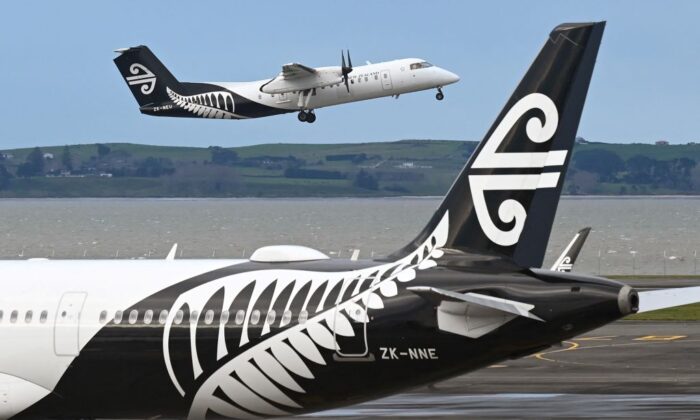Several regional centres will be affected as the number of seats to and from Wellington are reduced.
Air New Zealand, the country’s national carrier, has announced a two percent reduction in domestic flight capacity, citing weak economic conditions.
In an update on its website, the airline said that affected customers will be directly contacted to discuss alternative options for flights between February and June 2025.
Specific routes facing reductions include services between Wellington and regional destinations such as Rotorua, Gisborne, and Blenheim.
The airline’s General Manager for Domestic Operations, Scott Carr, said the decision to make the changes was a response to the domestic economy’s ongoing challenges, including high operating costs and low demand, particularly from corporate and government customers.
“These reductions not only allow us to more appropriately respond to the level of demand we are experiencing, but they also give the airline a small amount of resilience to improve recovery options in the event of a flight disruption on our regional network,” Carr said.
“We will continue to monitor domestic demand and review the schedule from July onwards closer to the time.”This latest announcement follows a series of capacity cuts on three domestic routes earlier this year.
“We’ve made some changes to our services in the areas where we are seeing the most impact from less flying,” Carr said.
“We understand these changes will affect some of our customers’ upcoming travel plans and as always, we’ll work with everyone impacted to rebook their travel.”
Earlier reductions on two routes—from a 171-seat Airbus A320 jet to a 68-seat ATR-72—affected the Queenstown to Christchurch and Dunedin to Wellington routes.
Flights from Christchurch to New Plymouth were reduced by three a week, cutting the early morning and late evening trips.
The airline also axed direct flights from Invercargill to Wellington starting in January of next year, with passengers having to go through Christchurch.
The decision to reduce domestic capacity is not entirely unexpected, given the challenges the aviation industry has faced in recent years.
The COVID-19 pandemic significantly impacted global travel demand, and airlines have had to navigate a complex landscape of travel restrictions, lockdowns, and changing consumer behaviours.
The domestic airline industry in New Zealand has also been grappling with other economic pressures, such as high fuel prices and inflationary pressures.
Founded in 1940, Air New Zealand first took to the skies between Auckland and Sydney on a flying boat.
In 2023, it flew over 16 million passengers. The airline’s distinct tail livery features the Mangōpare, symbolizing strength and resilience.

